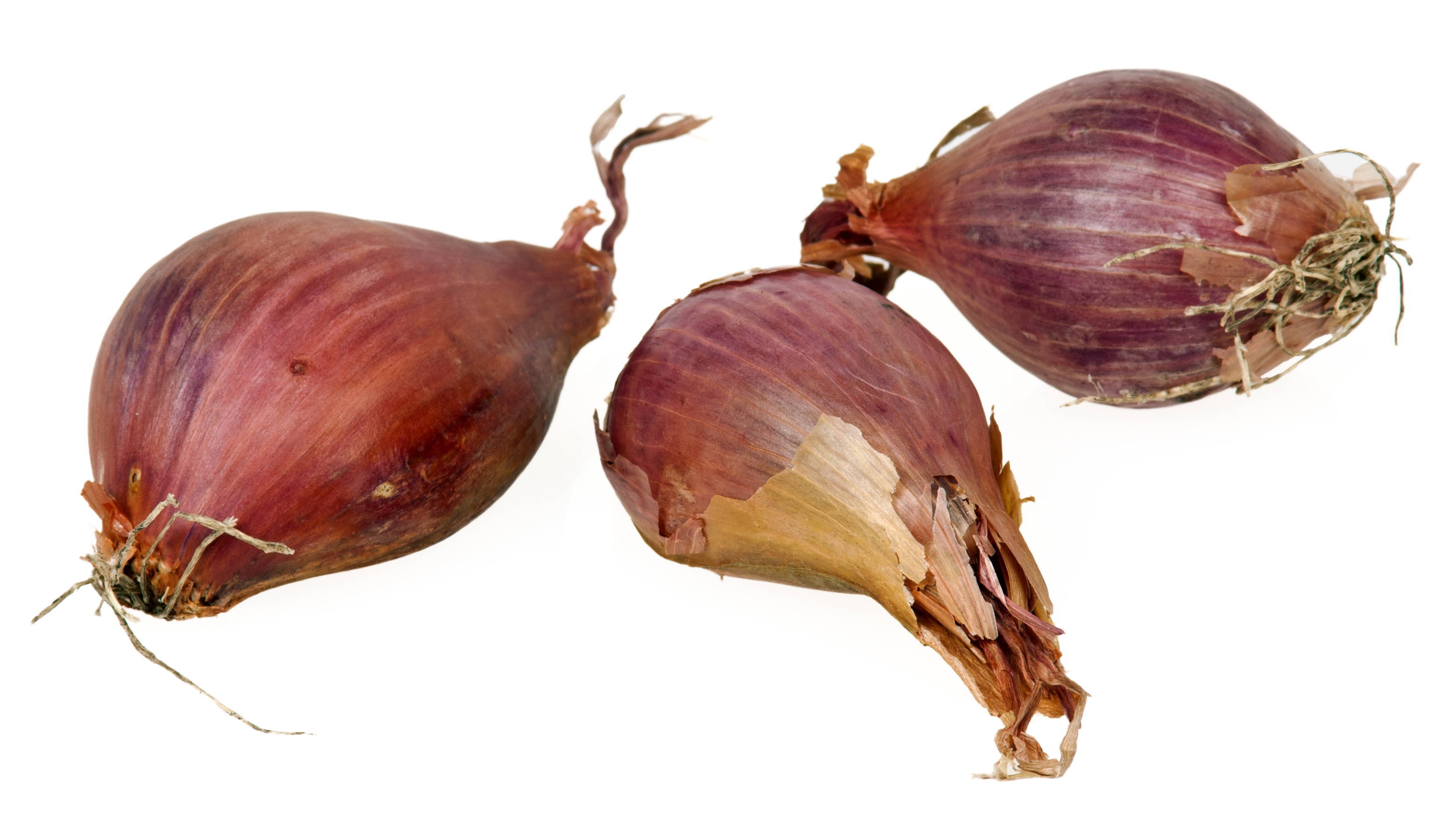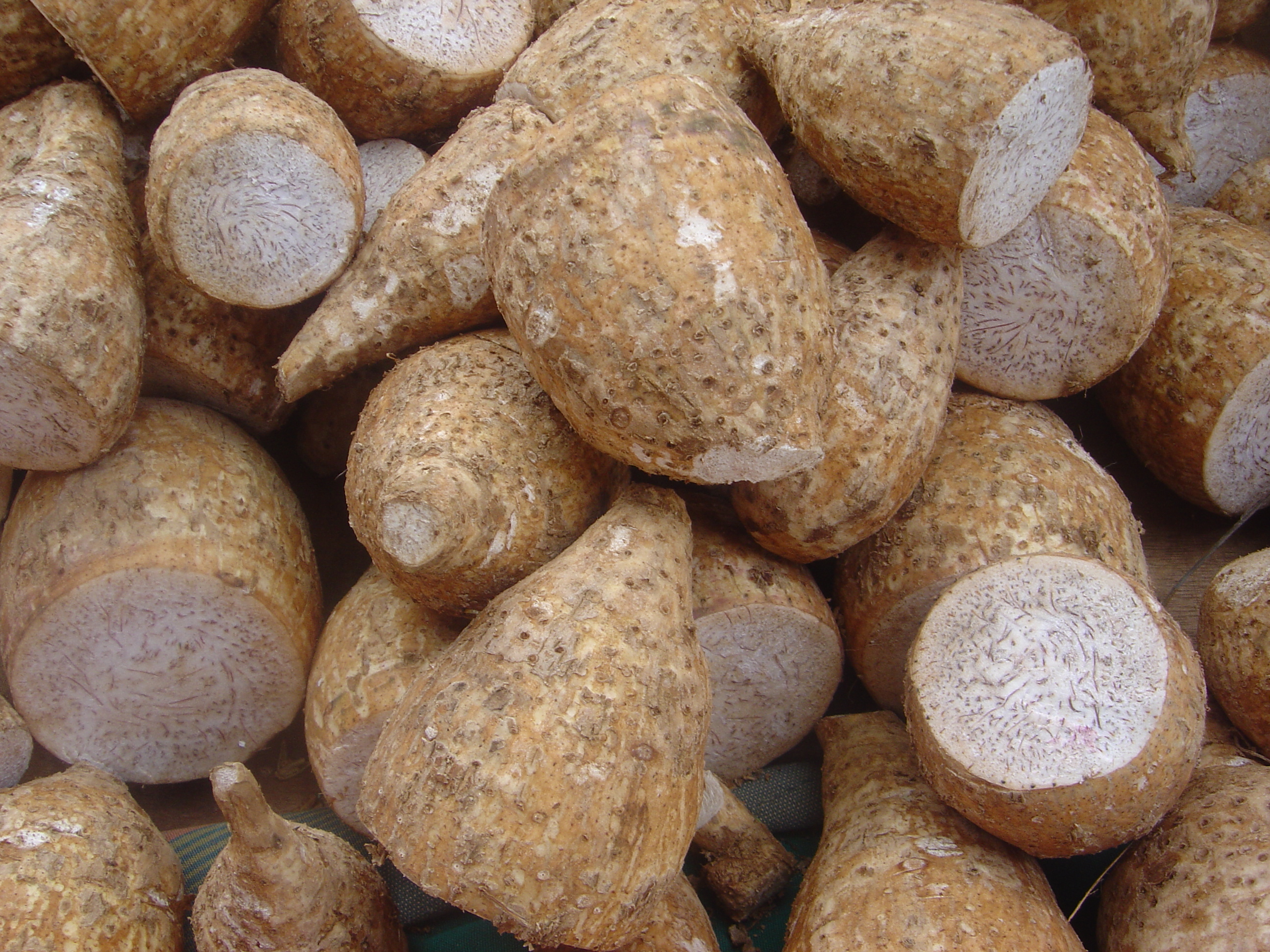|
Bulbous
In botany, a bulb is a short underground stem with fleshy leaves or leaf basesBell, A.D. 1997. ''Plant form: an illustrated guide to flowering plant morphology''. Oxford University Press, Oxford, U.K. that function as food storage organs during dormancy. In gardening, plants with other kinds of storage organ are also called ornamental bulbous plants or just ''bulbs''. Description The bulb's leaf bases, also known as scales, generally do not support leaves, but contain food reserves to enable the plant to survive adverse conditions. At the center of the bulb is a vegetative growing point or an unexpanded flowering shoot. The base is formed by a reduced stem, and plant growth occurs from this basal plate. Roots emerge from the underside of the base, and new stems and leaves from the upper side. Tunicate bulbs have dry, membranous outer scales that protect the continuous lamina of fleshy scales. Species in the genera ''Allium'', '' Hippeastrum'', '' Narcissus'', and ''Tulipa'' ... [...More Info...] [...Related Items...] OR: [Wikipedia] [Google] [Baidu] |
Ornamental Bulbous Plant
Ornamental bulbous plants, often called ornamental bulbs or just bulbs in gardening and horticulture, are herbaceous perennials grown for ornamental purposes, which have underground or near ground storage organs. Botanists distinguish between true bulbs, corms, rhizomes, stem tubers and tuberous roots, any of which may be termed "bulbs" in horticulture. Bulb species usually lose their upper parts during adverse conditions such as summer drought and heat or winter cold. The bulb's storage organs contain moisture and nutrients that are used to survive these adverse conditions in a dormant state. When conditions become favourable the reserves sustain a new growth cycle. In addition, bulbs permit vegetative or asexual multiplication in these species. Ornamental bulbs are used in parks and gardens and as cut flowers. Terminology The word "bulb" has a somewhat different meaning to botanists than it does to gardeners and horticulturalists. In gardening, a "bulb" is a plant's un ... [...More Info...] [...Related Items...] OR: [Wikipedia] [Google] [Baidu] |
Allium
''Allium'' is a large genus of monocotyledonous flowering plants with around 1000 accepted species, making ''Allium'' the largest genus in the family Amaryllidaceae and among the largest plant genera in the world. Many of the species are edible, and some have a long history of cultivation and human consumption as a vegetable including the onion, garlic, scallion, scallions, shallot, shallots, leek, leeks, and chives, with onions being the second most grown vegetable globally after tomatoes as of 2023. ''Allium'' species occur in temperate climates of the Northern Hemisphere, except for a few species occurring in Chile (such as ''A. juncifolium''), Brazil (''A. sellovianum''), and tropical Africa (Allium spathaceum, ''A. spathaceum''). They vary in height between . The flowers form an umbel at the top of a leafless stalk. The bulbs vary in size between species, from small (around 2–3 mm in diameter) to rather large (8–10 cm). Some species (such as Wels ... [...More Info...] [...Related Items...] OR: [Wikipedia] [Google] [Baidu] |
Amaryllidaceae
The Amaryllidaceae are a family of herbaceous, mainly perennial and bulbous (rarely rhizomatous) flowering plants in the monocot order Asparagales. The family takes its name from the genus '' Amaryllis'' and is commonly known as the amaryllis family. The leaves are usually linear, and the flowers are usually bisexual and symmetrical, arranged in umbels on the stem. The petals and sepals are undifferentiated as tepals, which may be fused at the base into a floral tube. Some also display a corona. Allyl sulfide compounds produce the characteristic odour of the onion subfamily (Allioideae). The family, which was originally created in 1805, now contains about 1600 species, divided into 71 genera, 17 tribes and three subfamilies, the Agapanthoideae ('' Agapanthus''), Allioideae ( onions, garlic and chives) and Amaryllidoideae ( amaryllis, daffodils, snowdrops). Over time, it has seen much reorganisation and at various times was combined with the related Liliaceae. Sin ... [...More Info...] [...Related Items...] OR: [Wikipedia] [Google] [Baidu] |
Narcissus (plant)
''Narcissus'' is a genus of predominantly spring flowering perennial plant, perennial plants of the amaryllis family, Amaryllidaceae. Various common names including daffodil,The word "daffodil" is also applied to related genera such as ''Sternbergia'', ''Ismene (plant), Ismene'', and ''Fritillaria meleagris''. It has been suggested that the word "Daffodil" be restricted to the wild species of the British Isles, ''Narcissus pseudonarcissus, N. pseudonarcissus''. narcissus (plural narcissi), and jonquil, are used to describe some or all members of the genus. ''Narcissus'' has conspicuous flowers with six petal-like tepals surmounted by a cup- or trumpet-shaped Corona (plant structure), corona. The flowers are generally white and yellow (also orange or pink in garden varieties), with either uniform or contrasting coloured tepals and corona. ''Narcissi'' were well known in ancient civilisation, both medicinally and botanically, but were formally described by Carl Linnaeus, Lin ... [...More Info...] [...Related Items...] OR: [Wikipedia] [Google] [Baidu] |
Corm
Corm, bulbo-tuber, or bulbotuber is a short, vertical, swollen, underground plant stem that serves as a storage organ that some plants use to survive winter or other adverse conditions such as summer drought and heat (perennation). The word ''cormous'' usually means plants that grow from corms, parallel to the terms ''tuberous'' and ''bulbous'' to describe plants growing from tubers and bulbs. A corm consists of one or more Internode (botany), internodes with at least one growing point, generally with protective leaves modified into skins or Tunica (biology), tunics. The tunic of a corm forms from dead Petiole (botany), petiole sheaths—remnants of leaves produced in previous years. They act as a covering, protecting the corm from insects, digging animals, flooding, and water loss. The tunics of some species are thin, dry, and papery, at least in young plants, however, in some families, such as ''Iridaceae'', the tunic of a mature corm can be formidable protection. For exa ... [...More Info...] [...Related Items...] OR: [Wikipedia] [Google] [Baidu] |
Crinum
''Crinum'' is a genus of about 180 species of perennial plants that have large showy flowers on leafless stems, and develop from bulbs. They are found in seasonally moist areas, including marshes, swamps, depressions and along the sides of streams and lakes in tropical and subtropical areas worldwide. Description Vegetative characteristics ''Crinum'' are bulbous perennial herbs''Crinum'' in Flora of China @ efloras.org. (n.d.). Retrieved January 27, 2025, from http://www.efloras.org/florataxon.aspx?flora_id=2&taxon_id=108369 with tunicate bulbsH.J. Hewson. ''Crinum'', in (ed.), Flora of Australia. Australian Biological Resources Study, Department of Climate Change, Energy, the Environment and Water: Canberra. https://profiles.ala.org.au/opus/foa/profile/Crinum [Date Accessed: 27 January 2025] and basal, glabrous,Western Australian Herbarium & Department of Biodiversity, Conservation and Attractions. (n.d.-a). ''Crinum'' L. Florabase—the Western Australian Flora. Retrieved Ja ... [...More Info...] [...Related Items...] OR: [Wikipedia] [Google] [Baidu] |
Fritillaria
''Fritillaria'' (fritillaries) is a genus of spring flowering herbaceous bulbous perennial plants in the lily family (biology), family (Liliaceae). The type species, ''Fritillaria meleagris'', was first described in Europe in 1571, while other species from the Middle East and Asia were also introduced species, introduced to Europe at that time. The genus has about 130–140 species divided among eight subgenera. The flowers are usually solitary, nodding and bell-shaped with bulbs that have fleshy scales, resembling those of lilies. They are known for their large genome size and genetically are very closely related to lilies. They are native plant, native to the temperate regions of the Northern hemisphere, from the Mediterranean and North Africa through Eurasia and southwest Asia to western North America. Many are endangered due to enthusiastic picking. The name ''Fritillaria'' is thought to refer to the checkered pattern of ''F. meleagris'', resembling a box in which dice were ... [...More Info...] [...Related Items...] OR: [Wikipedia] [Google] [Baidu] |
Lilium
''Lilium'' ( ) is a genus of Herbaceous plant, herbaceous flowering plants growing from bulbs, all with large and often prominent flowers. Lilies are a group of flowering plants which are important in culture and literature in much of the world. Most species are native to the Northern Hemisphere and their range is temperate climates and extends into the subtropics. Many other plants have "lily" in their common names, but do not belong to the same genus and are therefore not true lilies. True lilies are known to be highly toxic to cats. Description Lilies are tall perennial plant, perennials ranging in height from . They form naked or tunicless scaly underground bulbs which are their organs of perennation. In some North American species the base of the bulb develops into rhizomes, on which numerous small bulbs are found. Some species develop stolons. Most bulbs are buried deep in the ground, but a few species form bulbs near the soil surface. Many species form stem-roots. With t ... [...More Info...] [...Related Items...] OR: [Wikipedia] [Google] [Baidu] |
Houghton Mifflin Harcourt
Houghton Mifflin Harcourt Company ( ; HMH) is an American publisher of textbooks, instructional technology materials, assessments, and reference works. The company is based in the Financial District, Boston, Boston Financial District. It was formerly known as the Houghton Mifflin Company, but it changed its name following the 2007 acquisition of Harcourt (publisher), Harcourt Publishing. Prior to March 2010, it was a subsidiary of EMPG, Education Media and Publishing Group Limited, an Irish-owned holding company registered in the Cayman Islands and formerly known as Riverdeep. In 2022, it was acquired by Veritas Capital, a New York-based private-equity firm. Company history In 1832, William Ticknor and John Allen purchased a bookselling business in Boston and began to involve themselves in publishing; James T. Fields joined as a partner in 1843. Fields and Ticknor gradually gathered an impressive list of writers, including Ralph Waldo Emerson, Nathaniel Hawthorne, and Henry Dav ... [...More Info...] [...Related Items...] OR: [Wikipedia] [Google] [Baidu] |
Tuber
Tubers are a type of enlarged structure that plants use as storage organs for nutrients, derived from stems or roots. Tubers help plants perennate (survive winter or dry months), provide energy and nutrients, and are a means of asexual reproduction. Stem tubers manifest as thickened rhizomes (underground stems) or stolons (horizontal connections between organisms); examples include the potato and Yam (vegetable), yam. The term ''root tuber'' describes modified lateral roots, as in sweet potatoes, cassava, and dahlias. Terminology The term originates from the Latin , meaning 'lump, bump, or swelling'. Some writers limit the definition of ''tuber'' to structures derived from Plant stem, stems, while others also apply the term to structures derived from roots., p. 124 Stem tubers A stem tuber forms from thickened rhizomes or stolons. The top sides of the tuber produce shoots that grow into typical stems and leaves and the undersides produce roots. They tend to form at the s ... [...More Info...] [...Related Items...] OR: [Wikipedia] [Google] [Baidu] |
Epiphyte
An epiphyte is a plant or plant-like organism that grows on the surface of another plant and derives its moisture and nutrients from the air, rain, water (in marine environments) or from debris accumulating around it. The plants on which epiphytes grow are called phorophytes. Epiphytes take part in nutrient cycles and add to both the diversity and biomass of the ecosystem in which they occur, like any other organism. In some cases, a rainforest tree's epiphytes may total "several tonnes" (several long tons). They are an important source of food for many species. Typically, the older parts of a plant will have more epiphytes growing on them. Epiphytes differ from parasites in that they grow on other plants for physical support and do not necessarily affect the host negatively. An organism that grows on another organism that is not a plant may be called an epibiont. Epiphytes are usually found in the temperate zone (e.g., many mosses, liverworts, lichens, and algae) or in the ... [...More Info...] [...Related Items...] OR: [Wikipedia] [Google] [Baidu] |
Orchid
Orchids are plants that belong to the family Orchidaceae (), a diverse and widespread group of flowering plants with blooms that are often colourful and fragrant. Orchids are cosmopolitan plants that are found in almost every habitat on Earth except glaciers. The world's richest diversity of orchid genera and species is in the tropics. Orchidaceae is one of the two largest families of flowering plants, the other being the Asteraceae. It contains about 28,000 currently accepted species in 702 genera. The Orchidaceae family encompasses about 6–11% of all species of seed plants. The largest genera are '' Bulbophyllum'' (2,000 species), '' Epidendrum'' (1,500 species), '' Dendrobium'' (1,400 species) and '' Pleurothallis'' (1,000 species). It also includes '' Vanilla'' (the genus of the vanilla plant), the type genus '' Orchis'', and many commonly cultivated plants such as '' Phalaenopsis'' and '' Cattleya''. Moreover, since the introduction of tropical species into cu ... [...More Info...] [...Related Items...] OR: [Wikipedia] [Google] [Baidu] |










